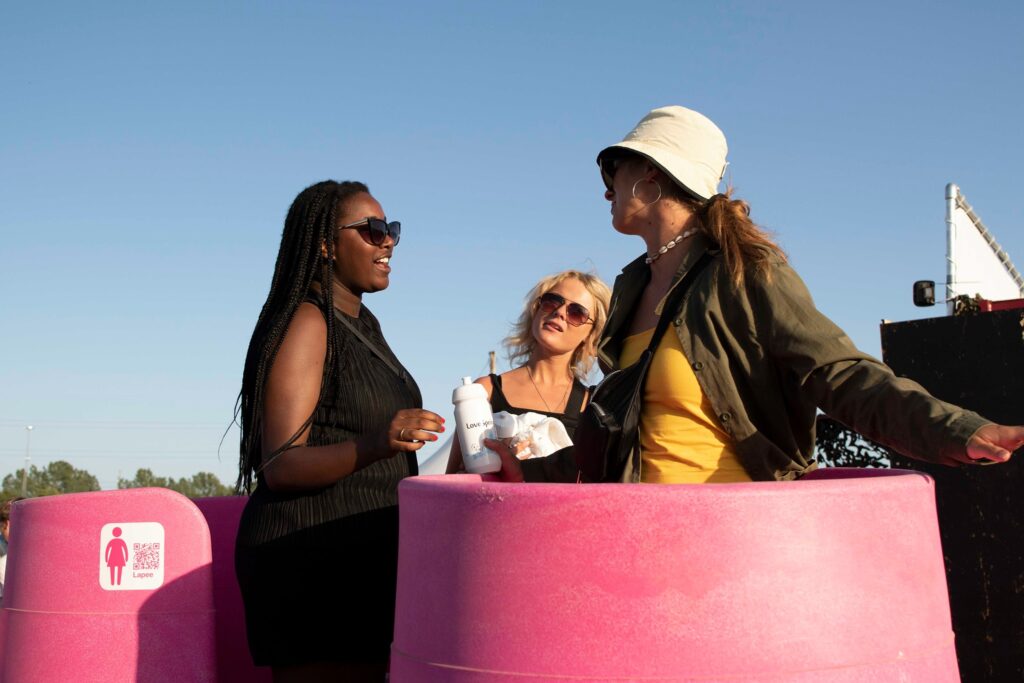Fifty years ago a surf trip to Bells Beach involved navigating a muddy car park followed by a walk down a muddy track to the beach. After your surf, you would walk back up the muddy track, get in your car and attempt to drive up the muddy carpark and along another long muddy track until you hit Jan Juc. The winter surf experience was all about big cold waves and lots of mud.
The problem of mud was made worse as successive winters at Bells saw more and more vegetation removed. The lack of decent wetsuits in the sixties saw a significant amount of the native vegetation ripped out and tossed onto fires which kept surfers warm. The invention of the first decent wetsuits in the sixties had an impact in reducing the amount of environmental vandalism at Bells but in many places it was too late.. the damage had already been done.
By the late sixties parts of Bells Beach resembled a desert and a muddy one at that with little vegetation and goat tracks running top to bottom.
A few members of the surfing community at Bells started to realise that things weren’t right. It was time to put back, protect Bells Beach at the Conservation Classic, one of the first environmental surf contests in the world was born.
The first Conservation Classic were run by the Victoria Branch of the Australian Surfriders Association a local organisation that ran regular surf contests at Bells Beach and around Victoria.
The idea for the first Conservation Contest was simple. Instead of surfers paying a fee to enter the event they had to plant a tree at Bells Beach. This simple approach saw hundreds of trees planted in the first few years and as the trees grew surfers began to appreciate how important it was to protect Bells and its natural environment.
Fast forward 50 years and surfers are still regularly planting trees and native bushes at Bells. Areas that were once mud are now covered by thick native growth. The area around the concrete wave at the northern end of the Bells Beach Surfing Recreation Reserve resembled a moonscape 20 years ago. Now it is covered in trees and bushes providing important habitat for native wildlife and birds.
Bells Beach is a special place. It is a unique part of the coast that was once trashed by surfers who had a realisation that what they were doing was destroying the place and decided to do something about it.
Out of that realisation grew a slogan penned by local surfer Charles Of-The-Sea Bartlett: “Don’t Destroy What You Came To Enjoy”. Words still appropriate for many parts of our coast today.
By John Foss





